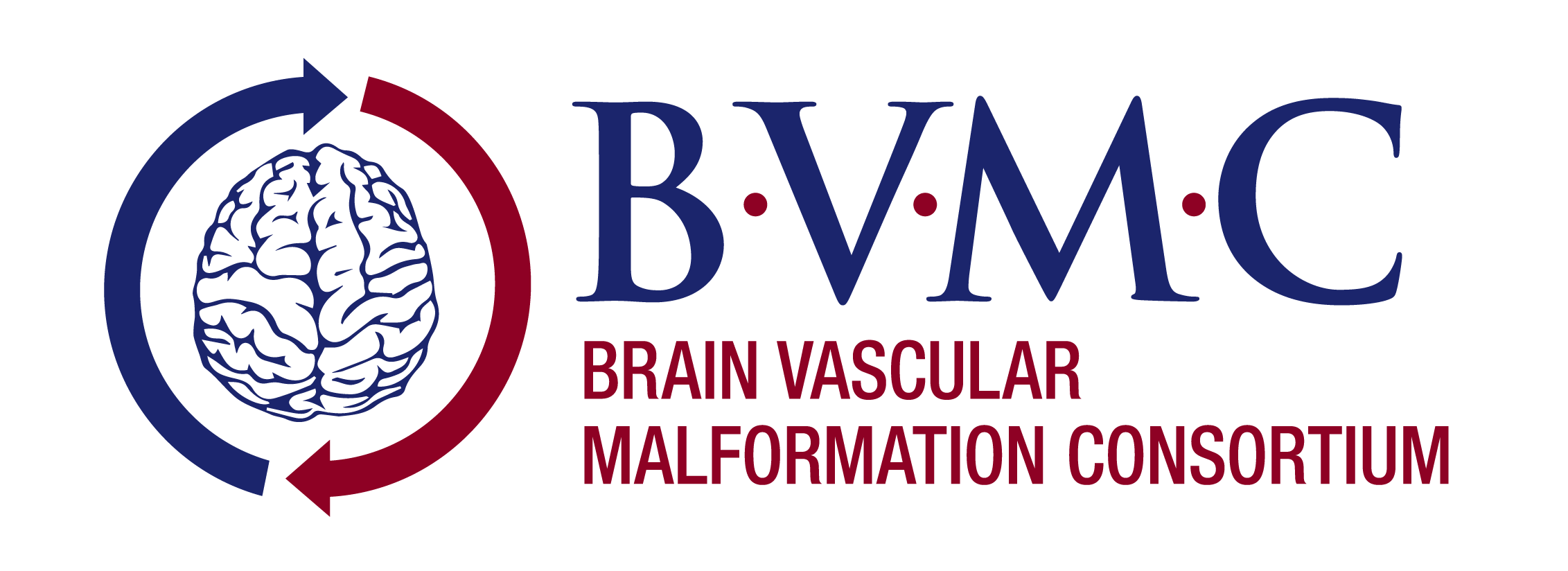What is Sturge-Weber Syndrome?
Sturge-Weber syndrome (SWS) is the association of a facial port-wine birthmark with abnormal vessels on the surface of the brain, glaucoma, or both. The presence of a port-wine birthmark involving the forehead or upper eyelid raises the suspicion of SWS. These infants and children must be followed closely for other medical issues, including vision problems, epilepsy, and developmental delays. It can affect one side (in about 85%) or both sides (in about 15%) of the body or brain.
Who gets Sturge-Weber Syndrome?
SWS does NOT run in families. SWS occurs almost equally in boys and girls around the world who have a port wine birthmark around the eye and forehead region of the face.
What causes Sturge-Weber Syndrome?
The underlying cause of SWS is a somatic mutation in the GNAQ gene. The extent of involvement varies greatly from patient to patient, probably depending on the location and timing of this mutation during fetal development. More research is needed to understand this mutation, how to use that knowledge to treat SWS, and how to prevent the medical and developmental problems resulting from it.
How is Sturge-Weber Syndrome diagnosed?
The typical diagnosis of SWS depends on a facial port-wine birthmark combined with glaucoma (increased pressure in the eye) and abnormal blood vessels in the brain. Neurologic, ophthalmologic, dermatologic and other evaluations are therefore recommended to make the diagnosis of SWS and screen for associated complications. However, SWS is a spectrum disorder, and therefore individuals can have brain involvement only, eye involvement only, or skin involvement only; likewise patients can have any combination of the two structures involved. Infants are born with the port-wine birthmark, and a dermatologic evaluation can confirm that the birthmark is a port-wine birthmark. Seizures, early handedness or evidence of a visual gaze preference usually begin in the first two years of life. EEG and MRI imaging of the brain (with contrast) can make diagnosis of brain involvement, but imaging may not detect it until after 2 years of life. Neurological symptoms occasionally start in infancy but can start later childhood or even in adulthood. Glaucoma has two peak periods: the first in infancy and the second in young adulthood. However, glaucoma can begin at any time and at-risk individuals should be examined by an ophthalmologist every few months for the first few years and then at least annually for life.
What is/is there treatment for Sturge-Weber Syndrome?
Treatment has been largely symptomatic and hampered by delayed diagnosis and the rarity of the syndrome. Typically, for the brain involvement causing seizures, the use of anti-convulsant medications is necessary. Ischemic strokes and migraine headaches are also treated. If diagnosed promptly, treatment can save cognitive functioning and lessen the impact of physical limb weakness. However, it can be a progressive syndrome, and varying degrees of presentation can be expected depending on the age of seizure onset. Low dose aspirin is another treatment option utilized by some patients. Eye involvement is treated with drops or surgery to decrease the pressure. The birthmark is treated with laser treatment.

